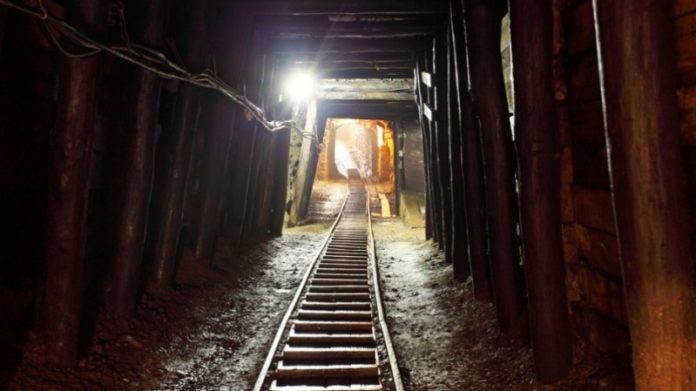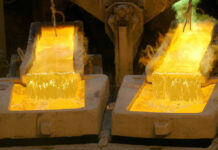
COPPER production from Glencore’s African assets would come in about 14% lower than set down in original guidance for the group’s 2020 financial year.
The reduction, released in a first quarter production report today, includes the impact of “operating scenarios” Glencore was discussing with the Zambian government.
Production from the African Copper assets would be about 280,000 tons for the year compared to previous guidance of 325,000 tons. Production from the African Copper division totalled 370,000 tons in Glencore’s 2019 financial year.
Glencore last year mothballed its Mutanda assets in the Democratic Republic of Congo (DRC) which guaranteed lower production year-on-year from the division in 2020. But then in early April, it announced plans to put its 75%-owned Mopani Copper Mines in Zambia on care and maintenance.
Explaining its decision at the time, the group said the onset of COVID-19 and the recent decline in the copper price, added to regulatory headwinds in Zambia, had made Mopani Copper unfeasible to operate. But the Zambian government reacted angrily to the move with its mines minister, Richard Musukwa, threatening to have Mopani Copper’s mining licence suspended.
Said Glencore in a brief note on the status of its operations amid global COVID-19 limitations: “Operating scenarios under discussion with the Zambian government”. It did not provide additional details.
Total group copper production was expected to be 1.26 million tons (Mt) for the 2020 financial year down from previous guidance of 1.3Mt and production in 2019 of 1.37Mt. Cobalt production from the African assets would be about 5,300 tons compared to previous guidance of 9,900 tons.
“The Q1 production figures were fine, with production in key copper, coal and zinc divisions tracking at 26%, 27% and 26% vs our estimates, which include at least one month of shutdown across all operations,” said Barclays in a report.
Unit costs at the African Copper assets would be a shade higher than guided at 83 cents per pound (c/lb). However, excluding African Copper, unit cost copper production would be 105c/lb, compared to 220c/lb as per Glencore’s previous estimate.
Commenting in its production report, Glencore also said it would cut capital expenditure initially estimated at $5.5bn for the year by between $1bn to $1.5bn in order to weather the impact of COVID-19 which had also seen reductions in production across the group’s industrial assets.
This was a reflection of curtailed production levels at some assets as well as various deferrals – such as the delayed commissioning of an acid plant project at Katanga Mining -, lower equivalent US dollar costs due to generally weaker producer currencies, and lower input costs, particularly through oil price changes.
Glencore’s marketing activities, however, tend to benefit during periods of heightened volatility. The group said today the marketing business was on course to deliver within its $2.2bn to $3.2bn long-term earnings guidance range.
“There is no material change to our 2020 EBITDA forecasts following 1Q production report, with lower guided volumes fully offset by lower unit costs,” said UBS in a report on Glencore’s first production report.











